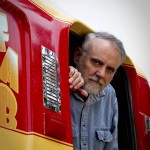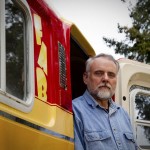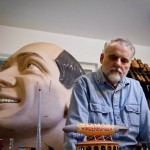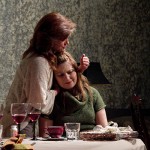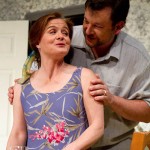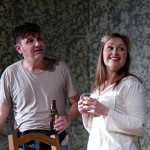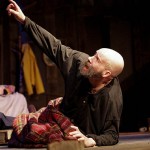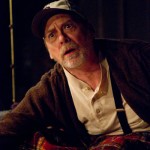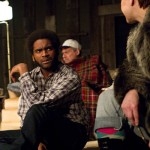I’ll lead off with the important part. You can buy Photo Mechanic right now for $60. I wouldn’t blame you if you didn’t read the rest of this post. But if you do by chance remember to come back here, it would be much appreciated.
Remember when you first got a digital camera, and importing that first group of 2 Megapixel photos to your computer’s 40Gb hard drive was magical because you didn’t have to deal with film?
Well, if you’re like most photographers nowadays, you have to deal with a day’s take of 500-1000 12 or 18 Megapixel RAW files. In addition, you have to review them, rate them, keyword them, and caption them. Then you have to upload them to an FTP server for a clients review, or place them into a web gallery, or export proofsheets and email them.
Well, I had gotten to a point where I had dreaded that potentially hours-long process. Then Zack Arias introduced me to Photo Mechanic. What used to take me anywhere from 3-4 hours in Lightroom (no offense Lightroom, I love you and you will forever be part of my workflow) took less than an hour when going through Photo Mechanic. I was initially skeptical about adding another piece of software to my workflow. Lightroom was revolutionary when it was released, but the time it took to render previews made the selection process slow to a crawl with the huge RAW files today’s cameras produce. Enter Photo Mechanic. I won’t go into specifics too much–you can always watch Zack’s video if you follow the link above if you want the nitty gritty, but essentially Photo Mechanic only deals with the RAW file’s embedded JPG preview, and consequently, it is fast. Crazy fast, even on the damn near ancient workstation where I do my selections.
Photo Mechanic is not for pixel pushing, or even making global adjustments. No curves, saturation, levels, healing brushes, dodging or burning. It’s for editing and sorting only, and when you see it in action, you’ll see why it’s the go-to tool for a majority of press photographers and newspapers in the country.
If you deal with hundreds or even thousands of pictures per assignment, and you want a lot of your time back, get it today for $60 instead of the regular price of $150.
